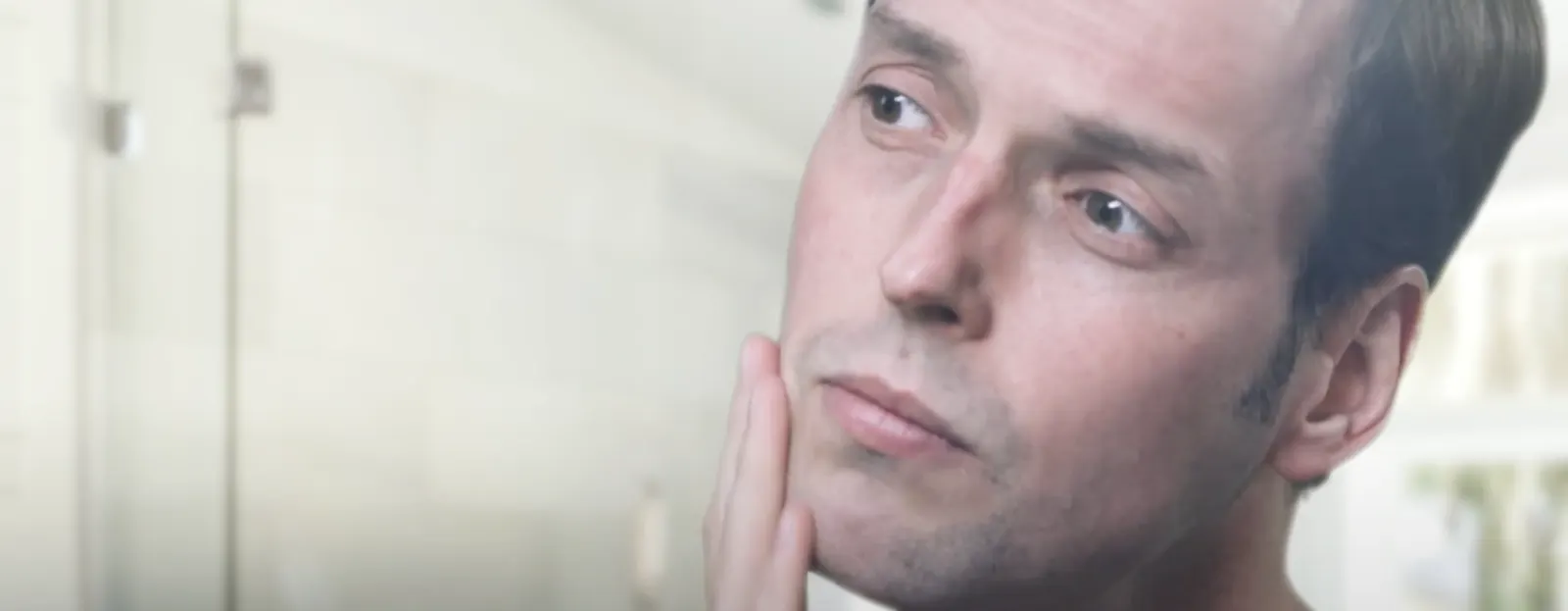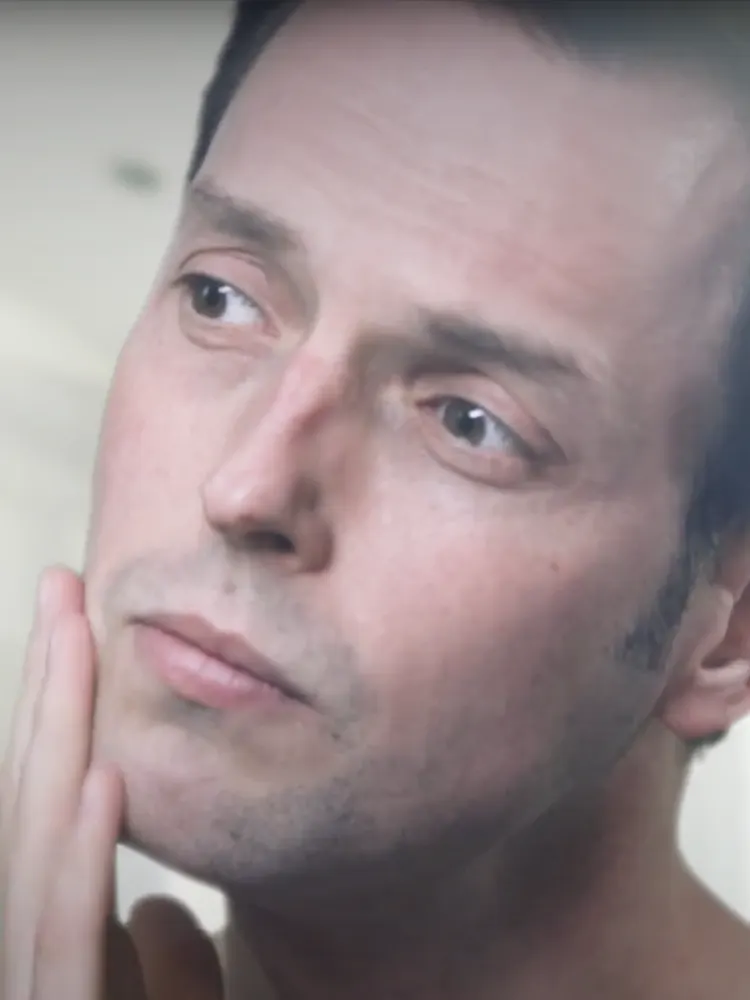How to get a close shave: why more blades can help
A single thin, sharp perfectly designed blade is a great start. But to get a really close shave, you need more than one.
Why is a 3-blade razor, such as the Gillette MACH3, cutting closer than a single blade? And why are 5-blade razors, like the Gillette ProGlide, still cutting closer than MACH3?
Understanding your facial skin
The skin of the face is soft and malleable, almost like a gel-like substance. The hair of your beard, on the other hand, is dry, coarse and hard, like copper wire. That hair is housed within a hair follicle, that allows the hair to move in and out. A multi-blade razor uses this characteristic of hair movement to a shaver’s advantage.
More blades help you achieve a closer shave
Gillette multi-blade razors were designed specifically to work with the characteristic movement of facial hair inside the hair follicle:
- The first blade starts the job. It cuts the hair and, in the process, gently lifts it from the skin.
- Before the hair has time to fully withdraw, the next blade comes along … and cuts it further down.
This process is called ‘hysteresis’ and was discovered in the late 1960’s when Gillette developed its first multi-blade razor.
Blades three to five repeat this process, cutting the exposed hair at lower and lower points.
This helps our 5-blade razors (Fusion5 family) cut closer.
As the hair is cut shorter, each blade is positioned fractionally closer to the skin. It’s a tiny distance, but it is critical in creating a comfortable shave with a smooth finish. The technical term for this cartridge design is ‘progressive geometry’.
Simply put, more blades really can do a better job.
Gillette Fusion5, ProGlide and ProShield: each with 5 close-shaving blades.
Was this article helpful?


